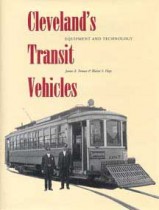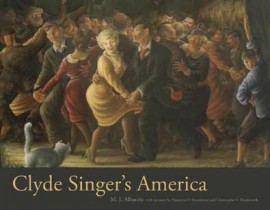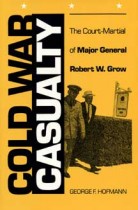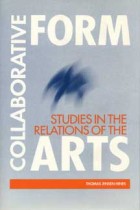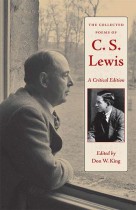Cleveland’s Harbor
Jay C Ehle | Filed under: Regional Interest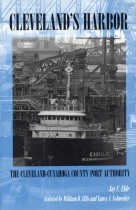
Cleveland’s Harbor chronicles the challenges, struggles, and politics of establishing and maintaining this major port—from General Cleaveland to Mayor Michael White. Among those whose dedication and ingenuity fostered the port were Lorenzo Carter, who cultivated the first settlement; Levi Johnson and the Turhooven brothers, builders of The Enterprise—Cleveland’s first commercial vessel; Alfred Kelley, Governor Ethan Allen Brown, and Micajah Williams, who were instrumental in getting the canal built connecting Lake Erie to the Ohio River; John Malvin, a freedman, who became the first black vessel owner, a captain, and minister for the First Baptist Congregation; Eli Peck, designer of the forerunner of the classic ore boat; Alexander McDougall, who fashioned the innovative shaleback hull; and George Hulett, who, with the support of Andrew Carnegie and Charles Schwab, revolutionized harbor operations with his invention of the unloader.

